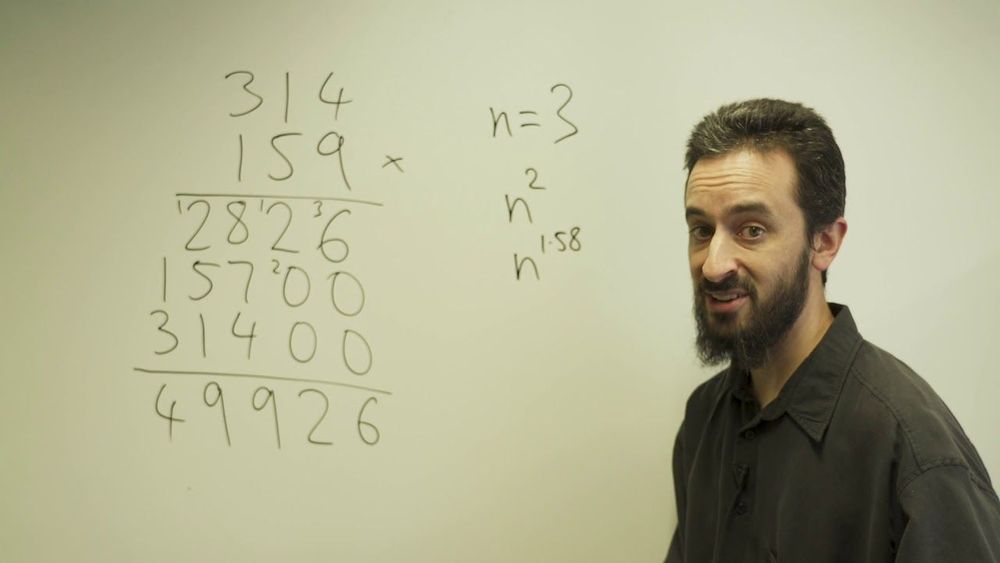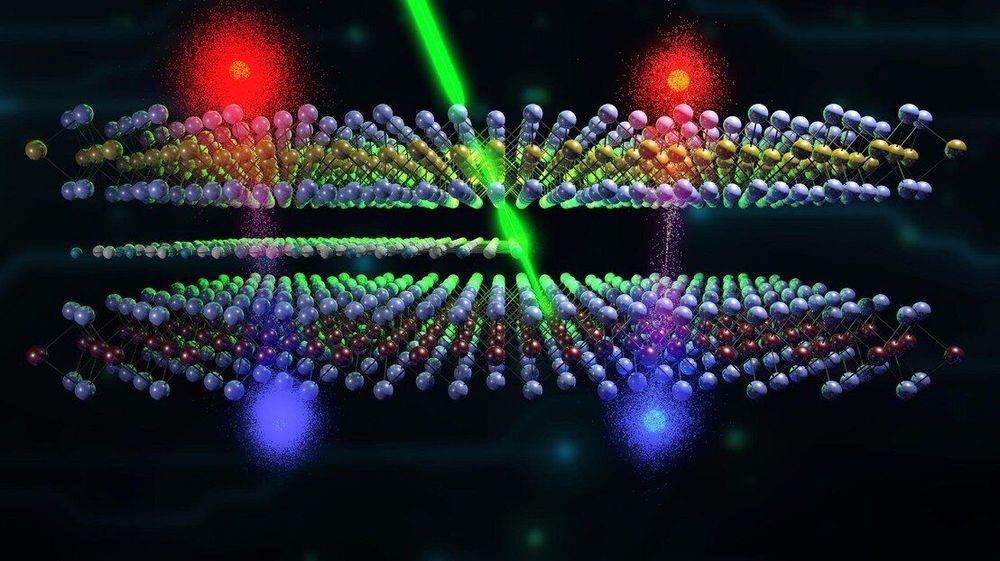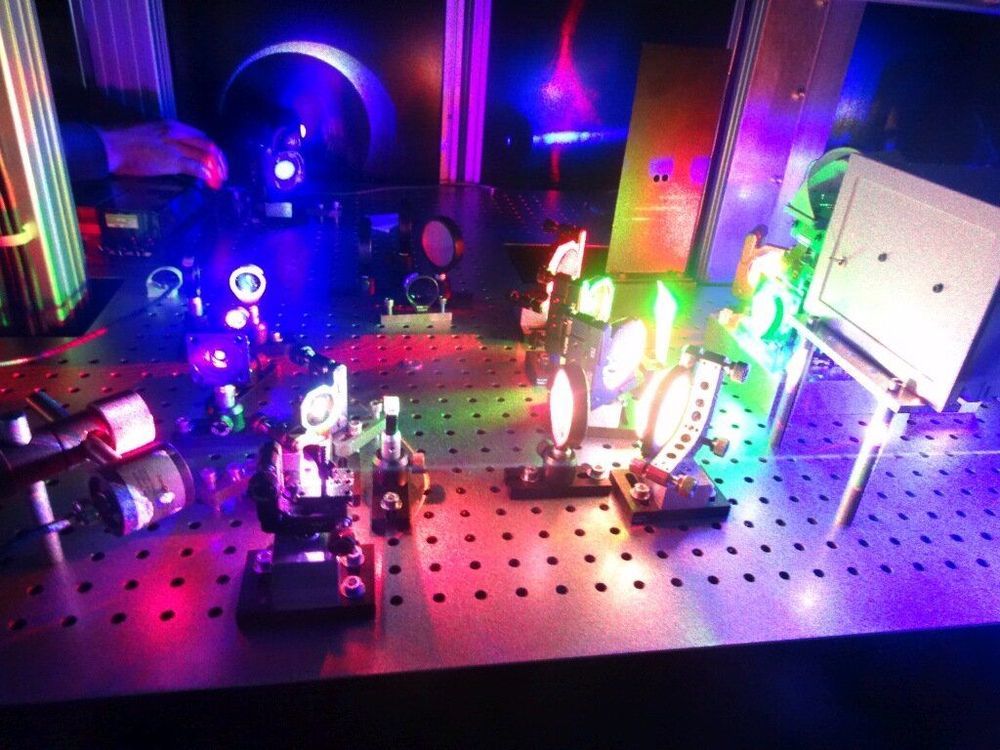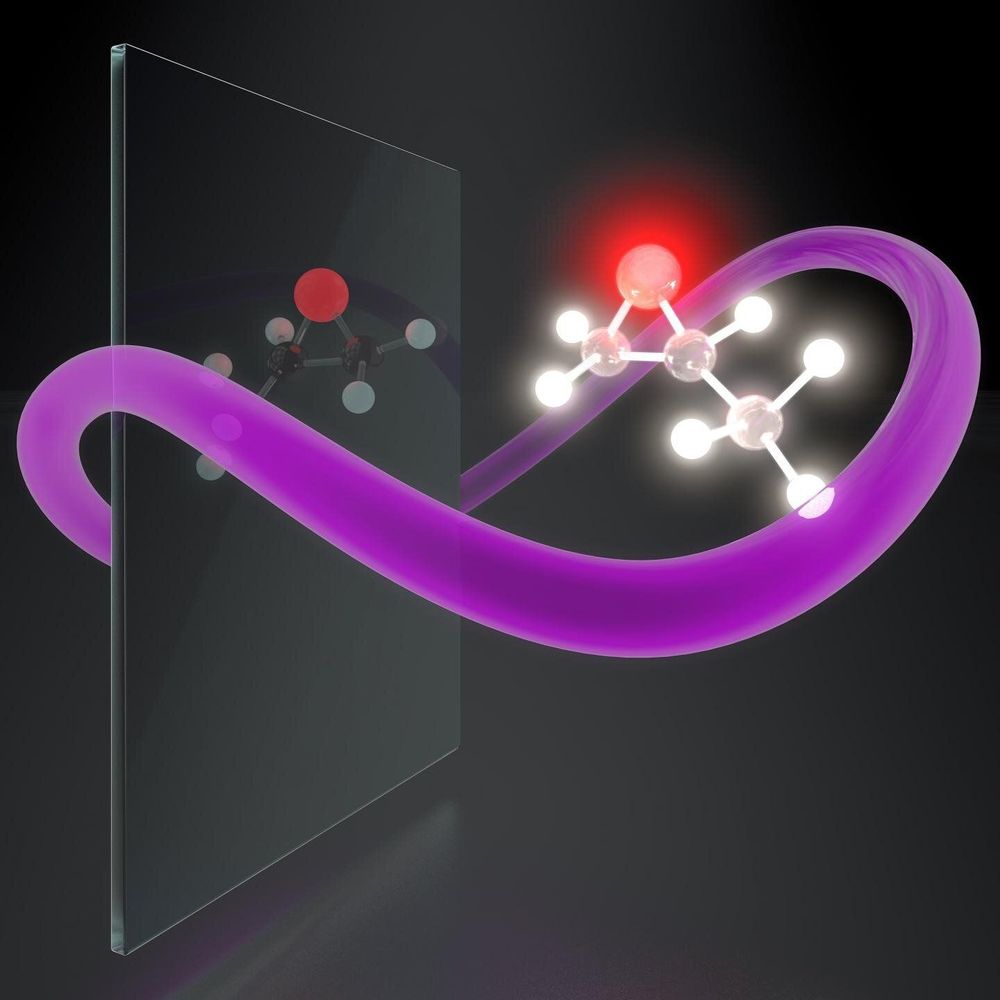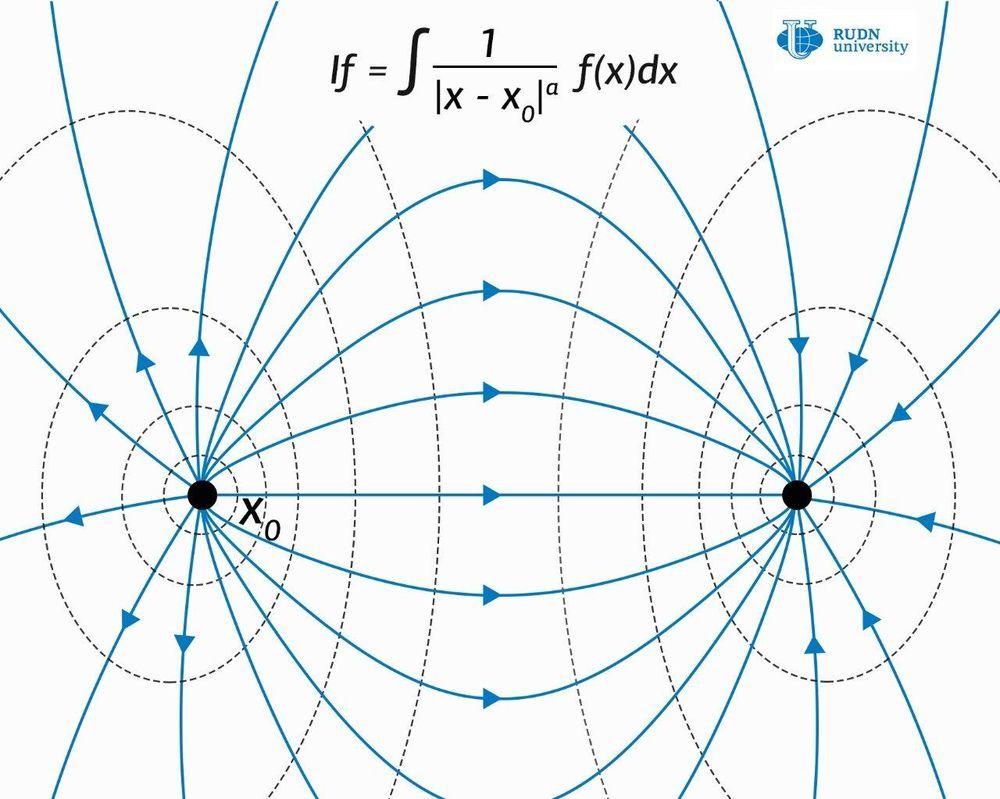Nov 14, 2019
Parasite paralysis: A new way to fight schistosomiasis?
Posted by Quinn Sena in categories: biotech/medical, health
Scientists at the Morgridge Institute for Research have isolated a natural chemical that acts as a potent kryptonite against schistosomes, the parasitic worms that burrow through human skin and cause devastating health problems.
A research team led by Morgridge investigator Phillip Newmark reported in today’s (Oct. 17, 2019) issue of PLOS Biology the successful characterization of this chemical, which could lead to new ways to fight the neglected tropical disease schistosomiasis. This disease, caused by schistosome infection, affects more than 240 million people in Africa, Asia and parts of South America.
In this work the Newmark team focused on a phase of the schistosome life cycle that’s an intriguing target for preventing infection. Schistosomes seek out freshwater snails as hosts in order to produce millions of tiny fork-tailed creatures called cercaria, which are unleashed in the water and seek out mammals to infect. Their frenzied swimming allows them to penetrate human skin in minutes.


